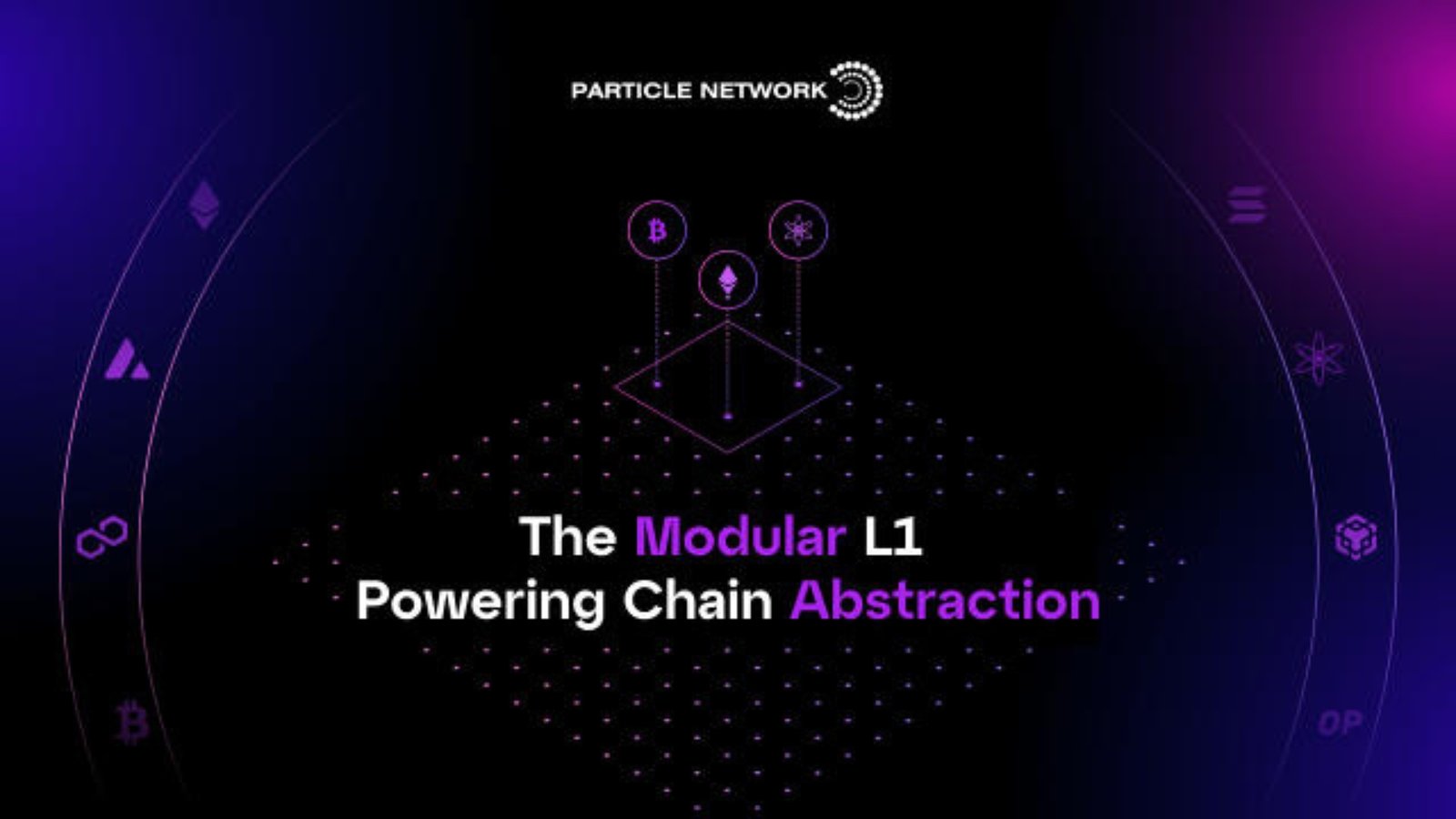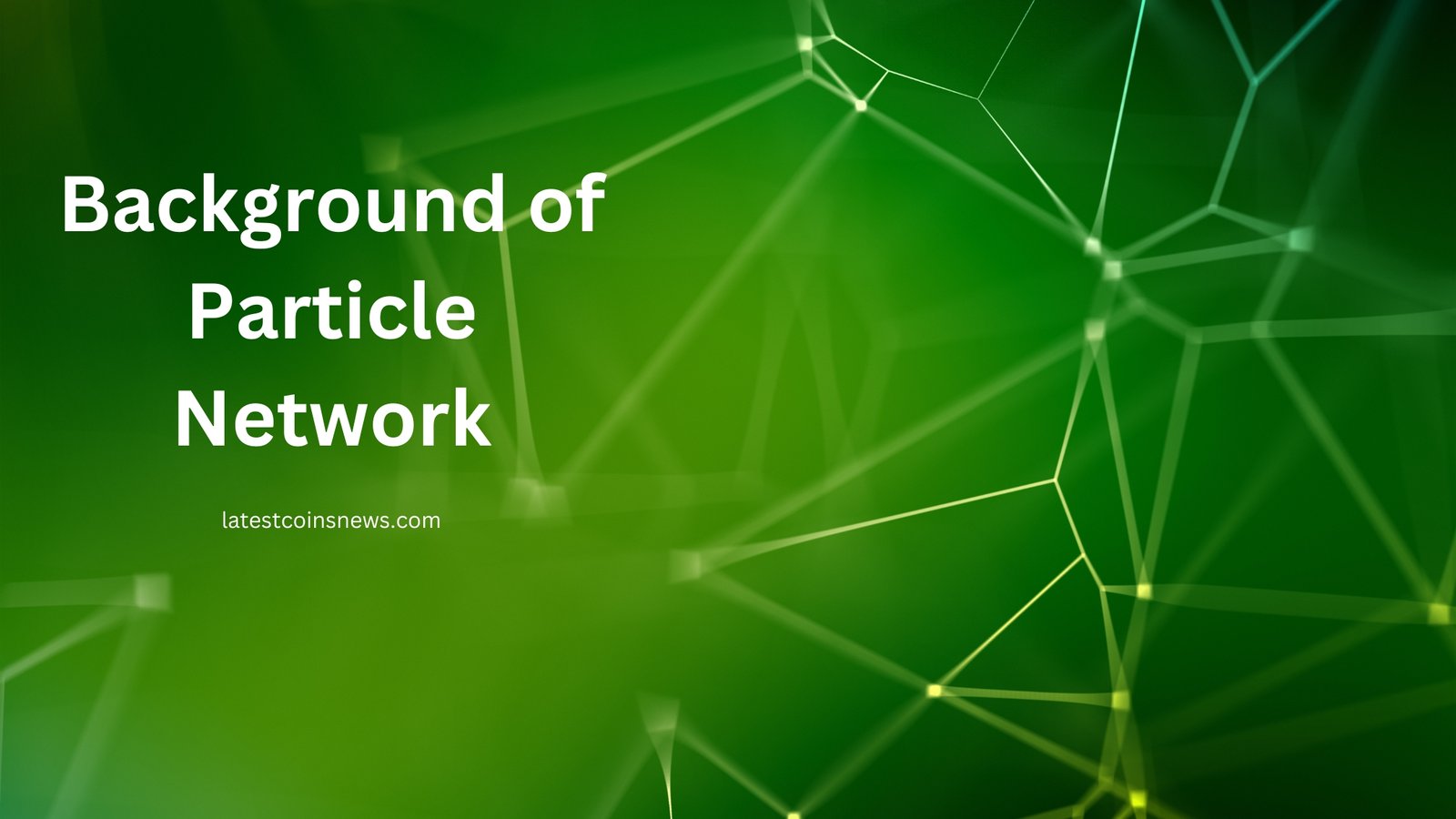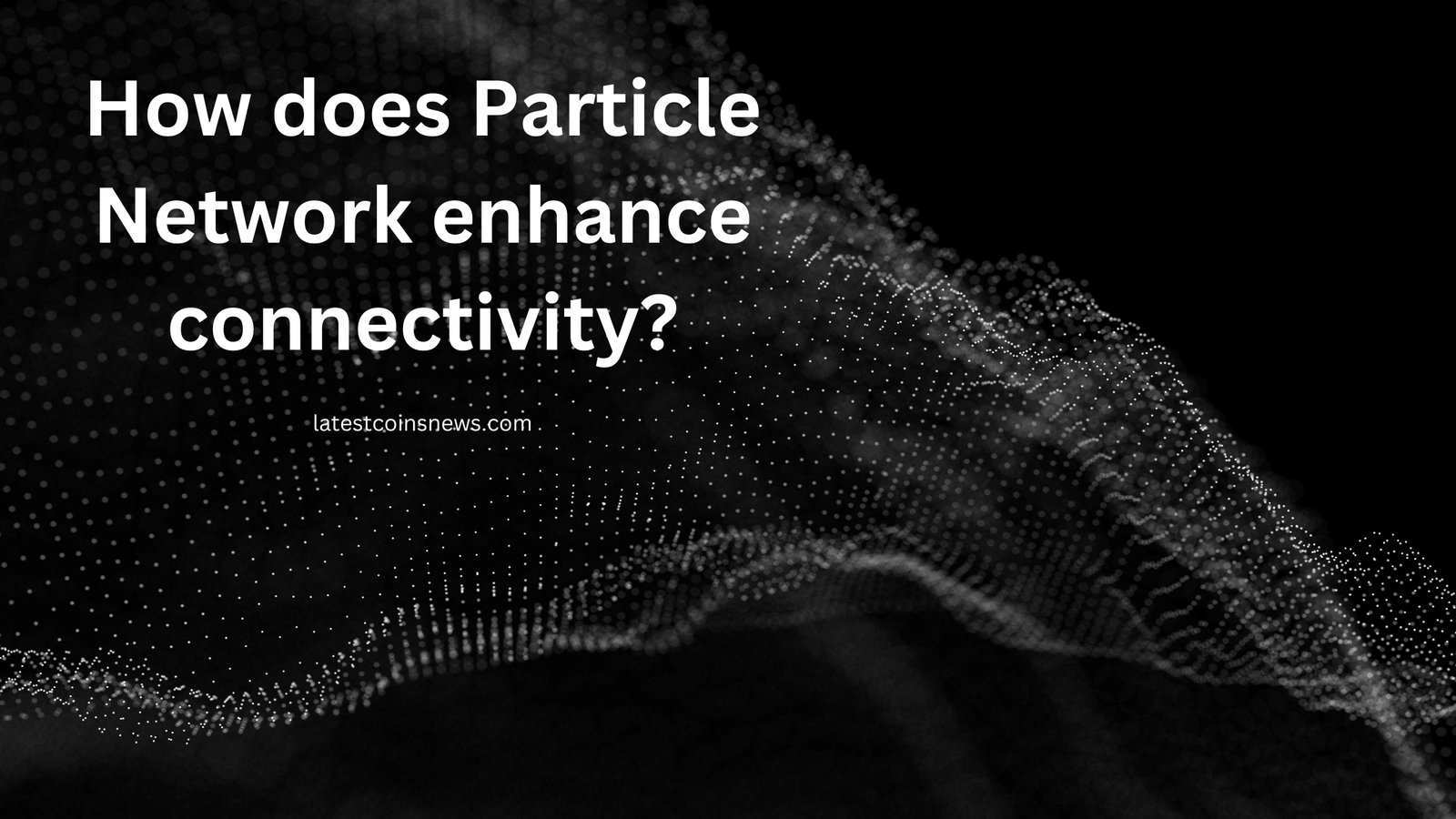Particle Network introduces modular L1 blockchain

To facilitate user experience across blockchains, Particle Network has unveiled its modular Layer-1 blockchain, an improvement driven by chain abstraction and universal accounts. “As a universal settlement layer for the multi-chain ecosystem” is the description of Particle Network’s L1, a blockchain based on Cosmos SDK.
We can build this chain modularly using the Cosmos SDK and outsource validation and data availability to ecosystem partners with the right competence. To ensure interoperability with EVMs, our L1 is built on top of Rollkit and employs Berachain’s Polaris framework. According to Particle Network’s blog post, an IBC framework for interoperability speeds up and lowers the cost of cross-chain transactions.
A unique user experience

The developers of Particle Network claim that chain abstraction can facilitate user interactions in a multi-chain ecosystem. This architecture lets users interact with every product and asset in the ever-expanding Web3 ecosystem. Chain abstraction makes Universal Accounts work like a single chain with unified sovereignty and liquidity.
Thanks to chain abstraction and universal accounts, users can engage with various blockchain networks and decentralized applications (dApps). Particle’s Wallet Abstraction paves the way for a unified Web3 experience by eliminating concerns related to bridging and multiple wallets. The L1 will use Universal Accounts to streamline the maintenance of smart contracts across all EVM chains and other blockchains, including Bitcoin (BTC) and Solana (SOL). Thanks to universal, uniform, and atomic transactions, swaps will be optimistically executed. Customers can purchase gas with a single Universal Gas Token as an alternative to many units.
Background of Particle Network

A group of forward-thinking engineers and blockchain lovers created the Particle Network to address the flaws of prior blockchain implementations. They wanted a versatile, extendable, and linked blockchain ecosystem. Particle Network has driven innovation by testing and developing blockchain technology.
What is a Modular L1 Blockchain
The modular L1 blockchain, the next generation of blockchain architecture, separates the base-layer blockchain into many pieces for data storage, transaction processing, and consensus. Modularization lets the blockchain be optimized more precisely, enhancing performance and scalability.
Features of Particle Network
Particle Network boasts a suite of impressive features:
- Scalability: By decoupling various blockchain functions, the Particle Network can handle more transactions without compromising speed or security.
- Cost Efficiency: Modular architecture reduces transaction costs by optimizing resource usage across its network, making it economically viable for a broader range of applications.
- Enhanced Interoperability: Designed to focus on multi-chain integration, Particle Network supports seamless interactions between diverse blockchain systems, facilitating a more cohesive blockchain landscape.
Multi-Chain Ecosystem
Thanks to its multi-chain ecosystem concept, the Particle Network facilitates frictionless communication and transaction as a mediator between many blockchain networks. Companies and apps that use multiple blockchain platforms need this capability to streamline processes and improve functionality.
How does Particle Network enhance connectivity?

Particle Network’s elegant bridge protocols connect multiple blockchains to move data and value. This doubles the network’s efficiency and paves the way for novel cross-chain partnerships and uses.
Security Features
Particle Network takes the security of its users’ financial transactions very seriously, using stringent measures to prevent unauthorized access. Modern cryptographic methods and a multi-layered security architecture protect against external and internal attacks.
Particle Network’s Consensus Mechanism
Particle Network uses a hybrid consensus model that combines PoS and PoA. The design balances decentralization security and performance to make the network more resilient to assaults and outages.
User and Developer Experience
Particle Network offers a platform that prioritizes accessibility and user-friendliness. Its vast development tools and resources make dApps easy to build on this platform. It is compatible with many different programming languages and models.
Particle Network’s Role in DeFi
Particle Network’s modular architecture suits numerous DeFi applications, including automatic market makers (AMMs) and complex financial instruments. Thanks to Particle Network’s scalable and robust infrastructure, the DeFi industry is seeing increased innovation and growth.
Comparison with Other L1 Blockchains
Particle Network is light years ahead of standard L1 blockchains in terms of scalability, interoperability, and adaptability. Its modular design allows it to adapt to new needs and developments in blockchain technology quickly.
Future Directions
Particle Network’s ecosystem will grow with more integrated services and collaborations. These upgrades will make it more robust in the blockchain market.
Security
It is critical to guarantee the L1 modular blockchain is secure. Particle Network needs to set up robust security procedures to protect itself from dangers like hacking, fraud, and data breaches. Encryption, authentication measures, and continual monitoring ensure the security of user data and transactions.
Flexibility and Customization
Particle Network’s L1 blockchain should allow for adaptability and personalization thanks to its modular design. Developers should quickly adapt the blockchain to suit various use cases and requirements, including the ability to configure consensus processes, integrate third-party tools and services, and add or delete modules.
Final Thoughts
Particle Network is about to change the game in the blockchain industry with its groundbreaking modular L1 blockchain. It will offer a scalable, interconnected platform that can easily handle the demands of an expanding ecosystem. Innovation and user-centric design will make it crucial to blockchain technology’s future.
